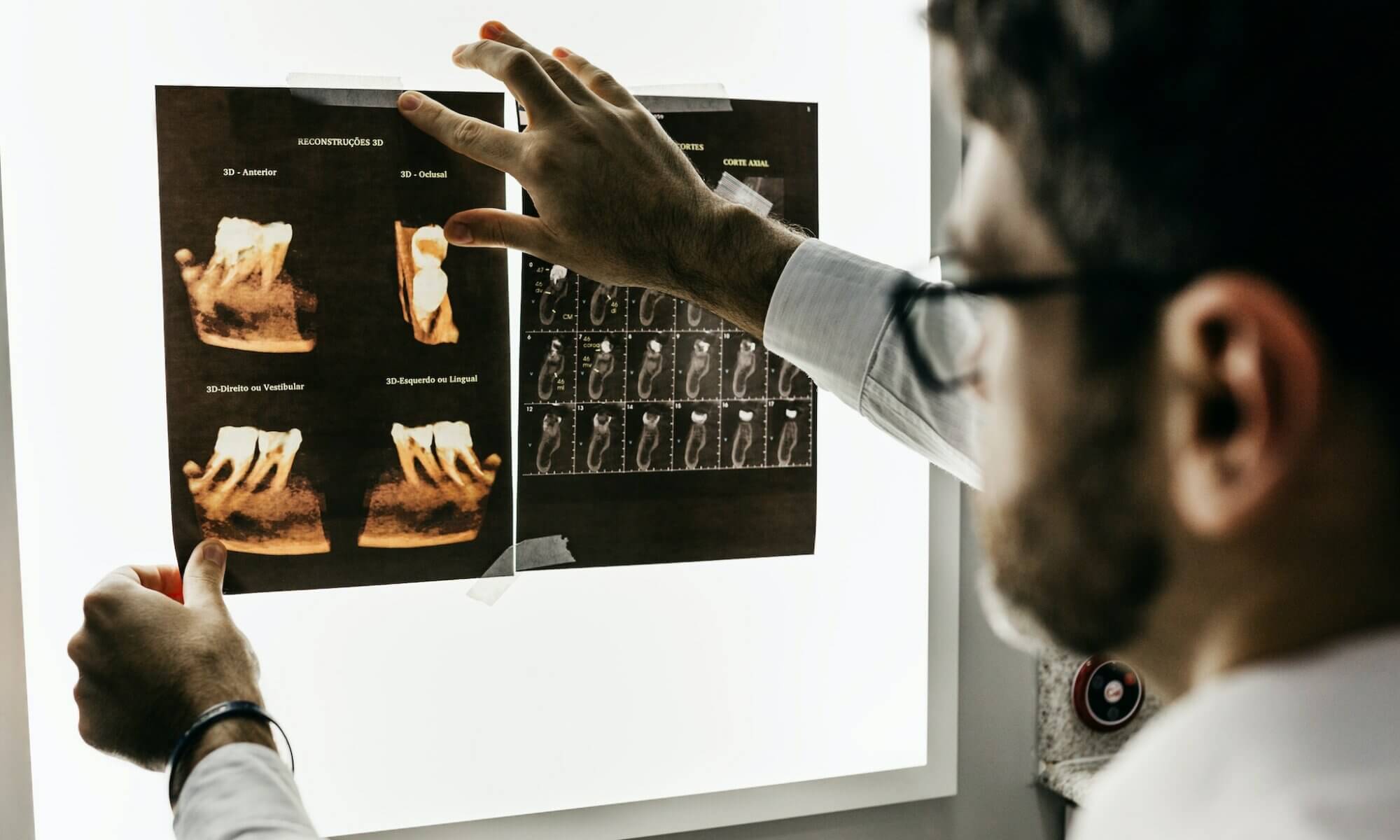There’s a specter that looms large over healthcare—the chilling aura of medical malpractice. It’s an echo, a shadow that reaches far beyond patients and their families, reaching into the very heart of our healthcare system. Piercing its exterior, it sends ripples through the vast ecosystem of providers, unsettling them. To comprehend the magnitude of its aftermath is to journey into the underpinnings of patient safety, a voyage into the depths of medical methodologies, and a foray into the challenging terrain of averting medical oversights.
Let’s peel back the layers, plunging headfirst into the maze of how medical malpractice seismically shakes healthcare providers—varied narratives rising like specters from the cobwebbed corners of these experiences.
The sting of financial backlash is glaring. It’s not merely about legal claims, their gnashing teeth gnawing at the reserves of providers. These lawsuits don’t simply culminate in staggering settlements or Herculean jury awards for victims. Oh no, they spiral into a cyclone, sweeping in inflated insurance premiums, levied onto providers like a hulking beast of burden. If that wasn’t enough, they’re also a catapult for ballooning operating expenses—safety measures to weave, procedures to sculpt—all to stave off the chilling specter of future catastrophes.
Yet, the tremors of malpractice extend their tendrils beyond the fiscal realm. Reputations, painstakingly built, hang in the balance. These providers, these bulwarks of healthcare, hinge their successes on the reputations they cultivate, attracting patients like moths to a flame, forging their professional stature. The gusts of a malpractice case can rattle this reputation, the fallout a dwindling pool of patients, a shrinking revenue stream, and an uphill battle in enticing and retaining the cream of the medical crop. Occasionally, they might find themselves under the public or media microscope, amplifying their reputational erosion.
And it doesn’t end there. Delve into the psyche of these healthcare warriors, and you’ll find a tumultuous emotional landscape. These individuals, driven by an unwavering dedication to heal, to provide nothing short of exemplary care, find themselves ensnared in a medical malpractice case. Guilt, shame, self-doubt—these feelings coalesce into a storm within, fueling burnout, evaporating job satisfaction, and potentially even tainting the caliber of future patient care.
The professional canvas is no safe haven either. Malpractice cases can paint stark, unforgiving strokes, manifesting in disciplinary actions or probes by licensing boards and regulatory watchdogs. In the direst of scenarios, providers might find themselves staring down the barrel of a temporary suspension, or worse, the loss of their medical license— their ability to practice medicine hanging by a thread.
Yet, within the ashes of these tremors lies the seed of opportunity. They offer a crucible for growth, a chance to course-correct, to lean into the sharp edges of these incidents, to mold and reshape practices to sidestep future blunders. It might be better team communication, the embrace of groundbreaking technology, a refining of documentation norms, or the nurturing of continuous training and education. It’s about ensuring that providers are on the pulse of best practices, the standards of care continually evolving.
It’s a domino effect, one that can stimulate systemic metamorphosis within the healthcare labyrinth. When the searing spotlight of malpractice cases reveals areas begging for improvement, it sparks a wildfire of potential collaboration. Healthcare providers, policymakers, patient advocacy groups—they can rally around the banner of reform. Together, they can blueprint and roll out strategies laser-focused on boosting patient safety, paring down medical errors, and barricading against future malpractice incidents.
In essence, the ripple effects of medical malpractice on healthcare providers transcend financial aftershocks. They infiltrate reputations, toy with emotional and psychological well-being, and cast long shadows over professional futures. Yet, every cloud has a silver lining—these cases unearth potential for growth, improvement, and collaboration within healthcare’s grand tapestry. By soaking up the lessons these incidents offer, by marching forward together to bolster patient safety, healthcare providers can drive down the specter of medical malpractice. Together, they can reaffirm their commitment to delivering unparalleled care to their patients.
